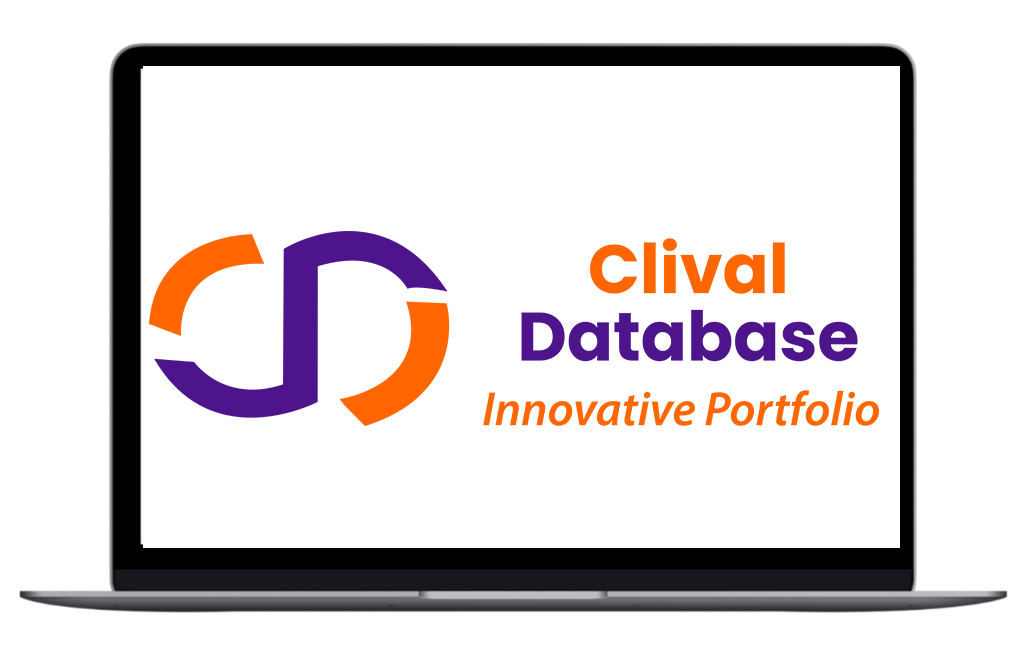Adverse Events in Clinical Trials: Methodology, History, and other aspects
Clinical trials are regarded as the cornerstone of any clinical study since they offer the proof on the safety and efficacy of new treatments and strategies. However, they are relatively risky and the risk associated with them is; adverse event (AEs). Understanding of the AEs and their management is critical so as not to jeopardize patient safety and yet to have well substantiated outcomes of the clinical trials. This blog includes the description of method of AE monitoring, the history of AEs, and the milestones in medical history.
What are Adverse Events?
Side effects of drug or any medical product currently in use in a patient comprise of any negative occurrence resulting from the product. These may include, symptoms that range or severity, symptoms that require hospitalization, and symptoms that may lead to death.
The Approach to tracking unfavourable outcomes
1. Design and Planning:
o Protocol Development: A full report that includes the following information:
Aims and objectives of the trial, scope of the trial, study design, methodology of the approach, important considerations from the statistical aspect, a general account of the trial.
o Risk Assessment: Identifying potential dangers and unfavourable circumstances that may occur during the trial.
2. Data Collection:
o Patient Reports: Each participant documents any adverse effects that he or she may be suffering from time to time.
o Medical Examinations: The examination and the screening of the participants’ health through the check-ups and other tests.
o Electronic Health Records (EHRs): A number of values derived from EHRs in real-time to enable monitoring of the patient’s care.
3. Assessment and Classification:
o Severity grading: Dividing AE into categories based on the extent of harm it causes to the wellbeing of the concerned patient.
o Causality Assessment: Knowing where the AE is in relation to the trial drug or some other variable.
4. Reporting and Documentation:
o Regulatory Requirements: Compliance with the rules and regulation from the regulatory bodies like FDA, EMA etc.
o Ethics Committees: Participants’ protection and the overall management of the AE data is under the charge of self-organized committees.
5. Analysis and Action:
o Medical Management: The sufficient treatment to the patients having AEs is enforced.
o Risk Mitigation: In order to know how to avoid the high rate of AEs in future trials, some strategies will be applied.
Historical Context
The history of clinical trials is marked by several key events that have shaped the current practices for monitoring and managing adverse events:
1. Nuremberg Code (1947): Used as the ethical treatment of human subjects in experiments and insisted that the principles concern voluntary consent of the subjects and the principle of non-maleficence, which means that subjects should not be harmed in the experiment and it has to be avoided at all times.
2. Thalidomide Tragedy (1960s): The calamitous effect of thalidomide on prenatal women proved that the risks of taking certain drugs are more dangerous and warrants extra precautions to be put in place together with constant surveillance.
3. Declaration of Helsinki (1964): They set out some basic ethical guidelines for any clinical research involving human subjects as follows; risks that accompany the task at hand should not be overlooked and consent of the individual should be sought.
4. Belmont Report (1979): The main principles of ethical behaviour when it comes to experiments on people and defined the guidelines as to how proper and ethical experiments are to be conducted.
5. The Modern Era: The current challenges in quality that has been recorded has witnessed a great improvement in the methods of identifying, documenting and handling AEs. The chance of appearing in the mass media, implementation of the good clinical practices, the improvement of the reporting systems, patients’ safety orientation has all played a big role in the assessment and management of the adverse effects.
The following are some of the greatest medical AEIs that are evident from medical history:
1. Vioxx (Rofecoxib):
o Event: Recalled from the market in the year 2004 when researches realized that it posed a high risk to heart attack and stroke.
o Impact: They leads to measures and regulations that put in place for controlling post-market surveillance.
2. TGN1412 Trial (2006):
o Event: Probably one of the first studies done in the UK resulted in severe systemic inflammatory reactions in six apparently healthy individuals.
o Impact: Spent time to explain that rate of dose increase should be gradually monitored in the phase I and II.
3. Heparin Contamination (2008):
o Event: Heparin products contamination leads to severe allergic reactions and even deaths.
o Impact: It was efficient in promoting high quality of drugs produced and the practices in the production of the drugs.
4. COVID-19 Vaccine Trials (2020-21):
• Event: When the development of the vaccines for COVID-19 began and the deployment of these vaccines began at an astonishing rate, within a very short span of time, several clinical trials were commissioned in different parts of the world. Even though the vaccines did not present any serious side effects the AEs that were observed included; myocarditis in some and blood clotting disorders.
• Impact: AEs have been described early and in an adequate manner and as monitoring is highlighting it, vigilance and flexibility is going to play a more significant role in clinical research.
Conclusion
Adverse effects are and can never be eradicated in clinical studies, however, with strict functional research modalities and protocols plus an ethical consideration, they can be minimized. Clinical trials are not exempted from history and it contains many events that taught things that made study safer and effective. When we are trying to focus on working on how to get at the discovery of new treatments in medical practice responsibility has to be taken to ensure the individuals who are needed for the trials are adequately protected.
Frequently Asked Questions

Optimize Your trial insights with Clival Database.
Are you exhausted from the uncertainty of trial insights pricing? Clival Database ensures the clarity in the midst of the global scenario for clinical trials to you.Clival Database is one of the best databases that offers an outstanding number of clinical trial data in terms of 50,000+ molecules and from primary regulatory markets as well as new entrants like Indian and Chinese markets.
Elevate your trial success rate with the cutting-edge insights from Clival database.
Check it out today and make more informed sourcing decisions! Learn More!







